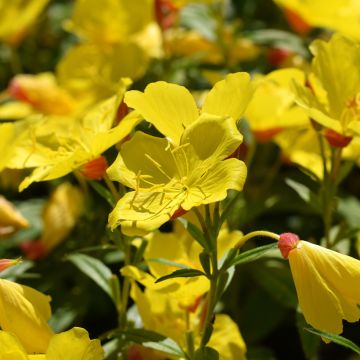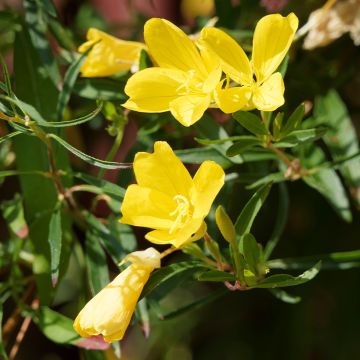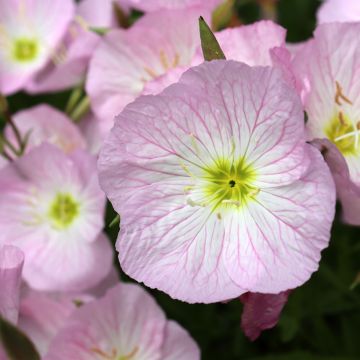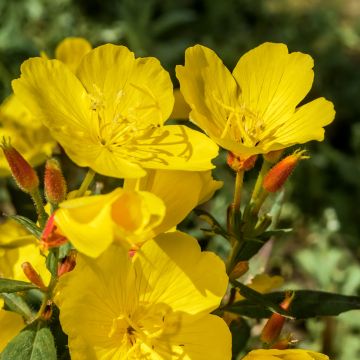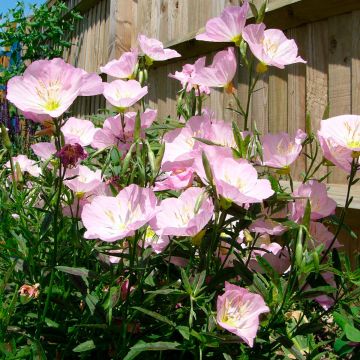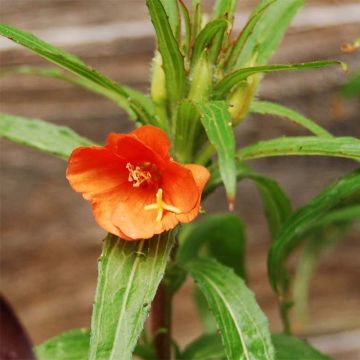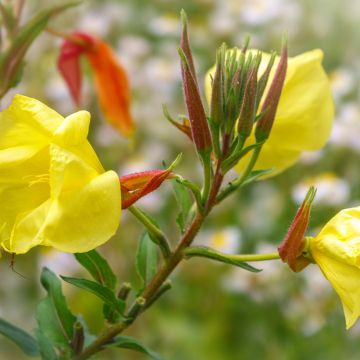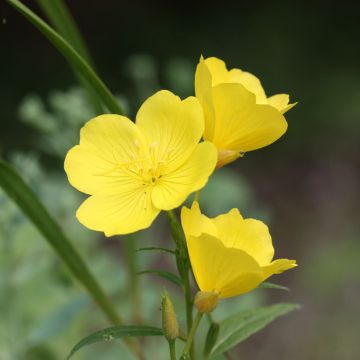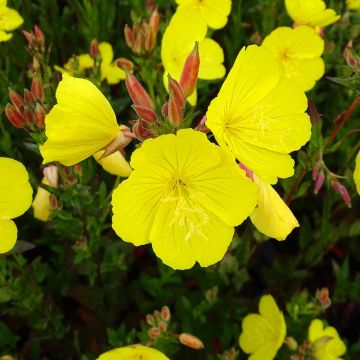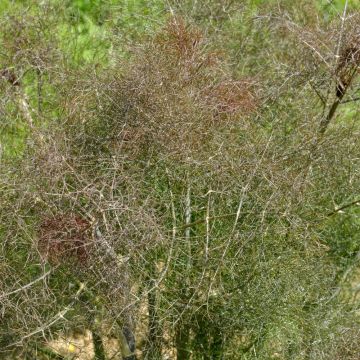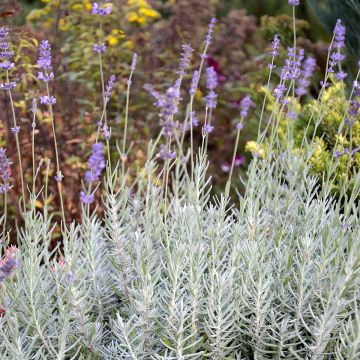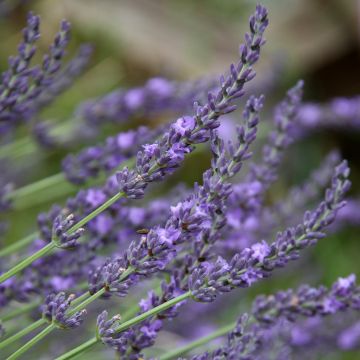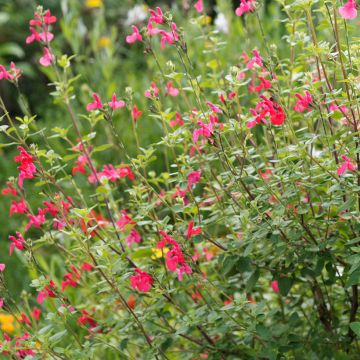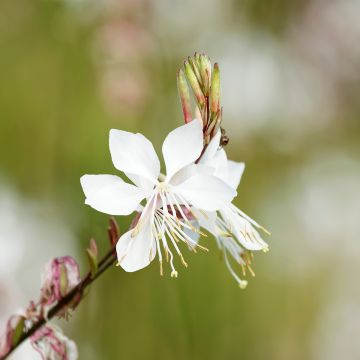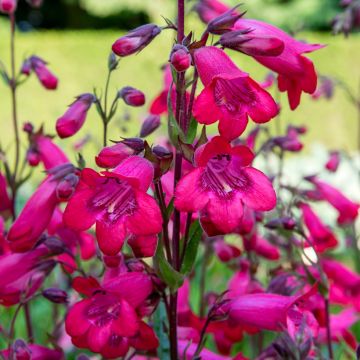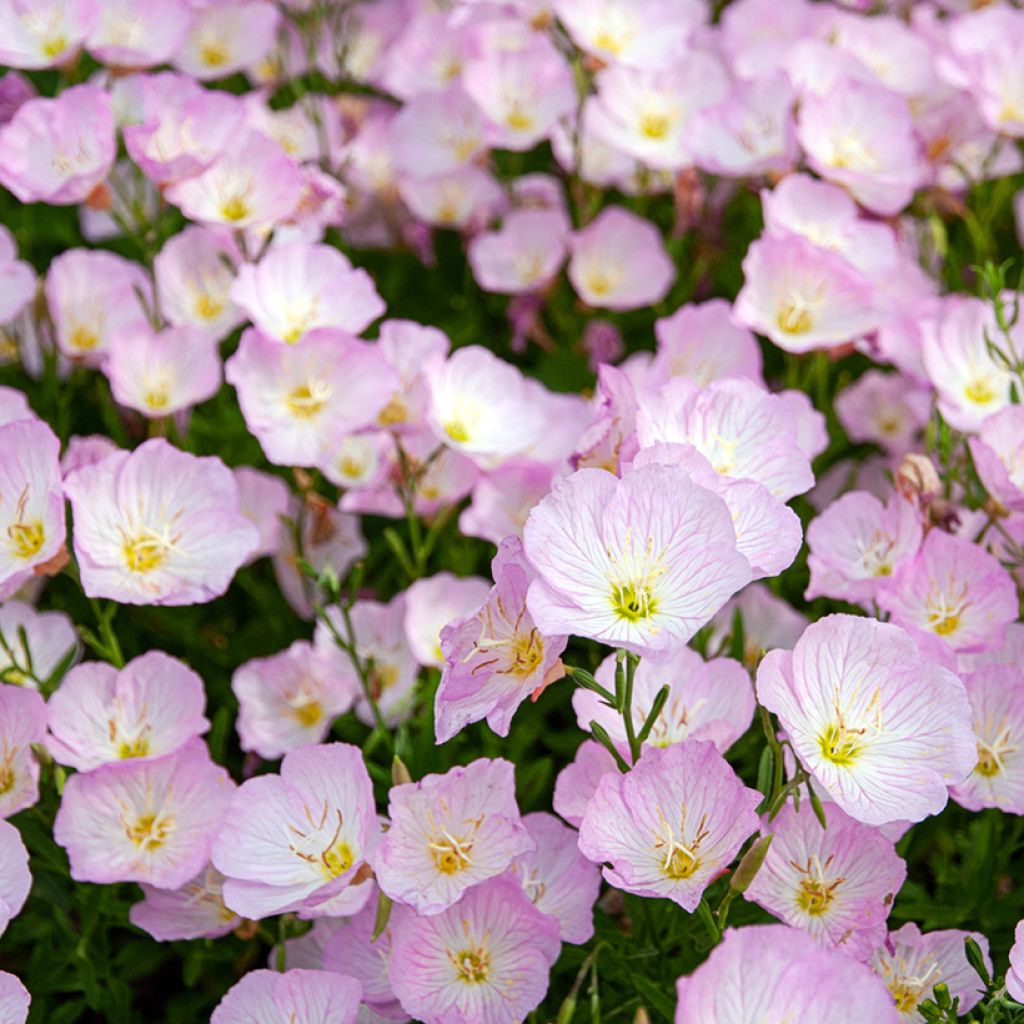

Oenothera speciosa - Evening Primrose
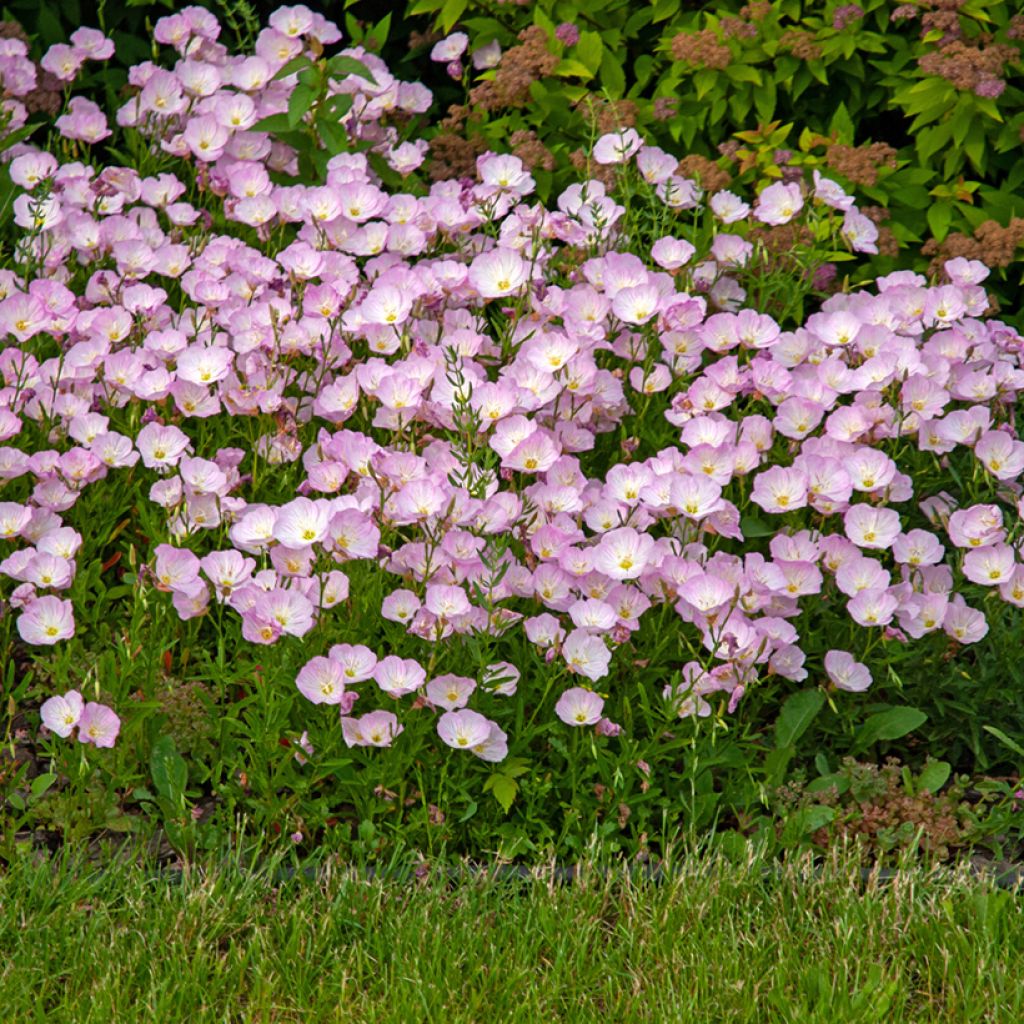

Oenothera speciosa - Evening Primrose
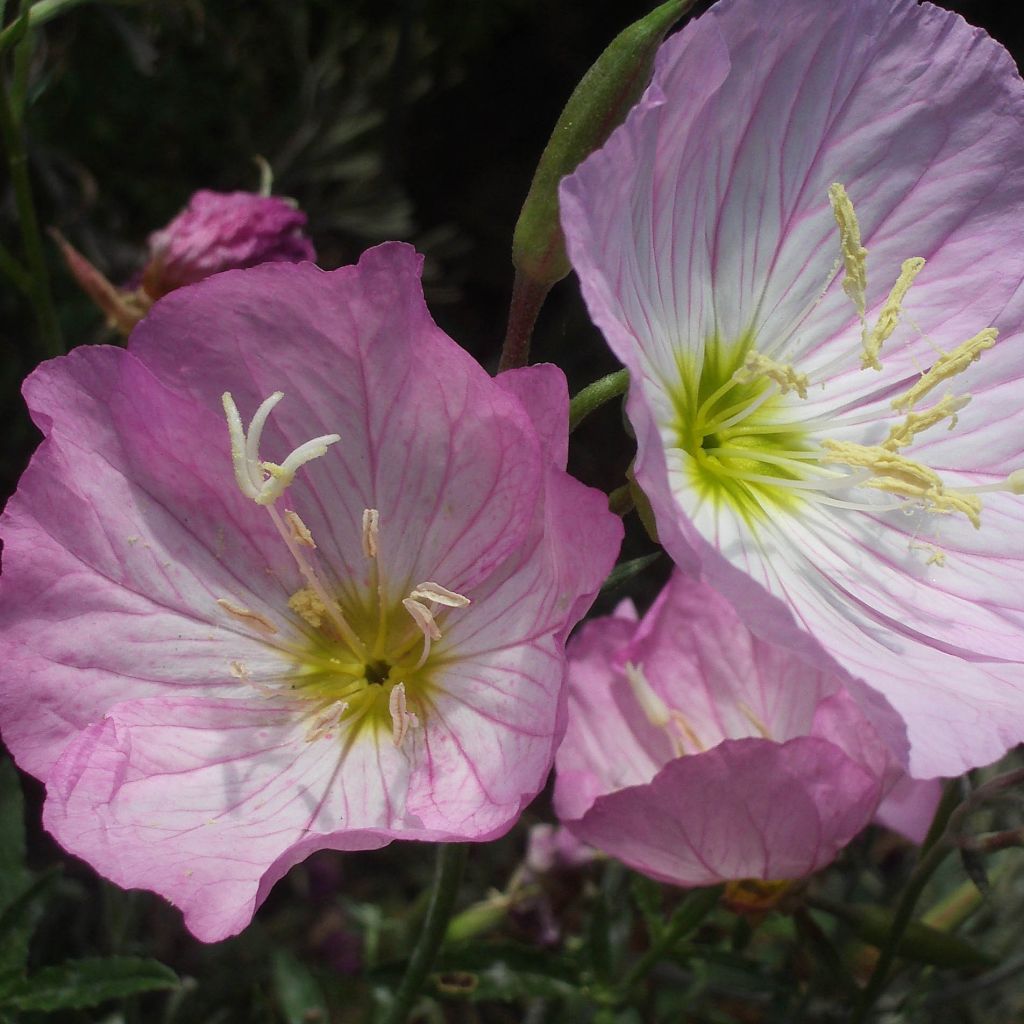

Oenothera speciosa - Evening Primrose
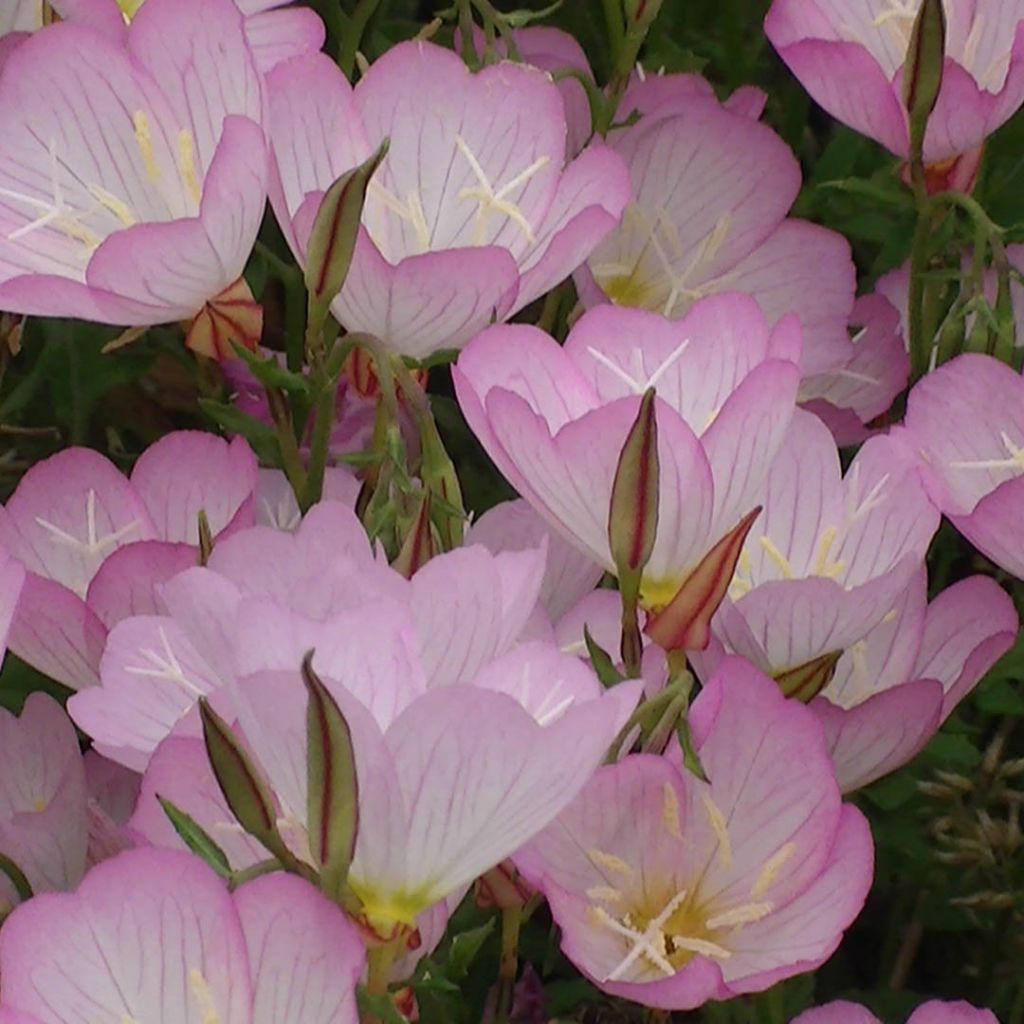

Oenothera speciosa - Evening Primrose
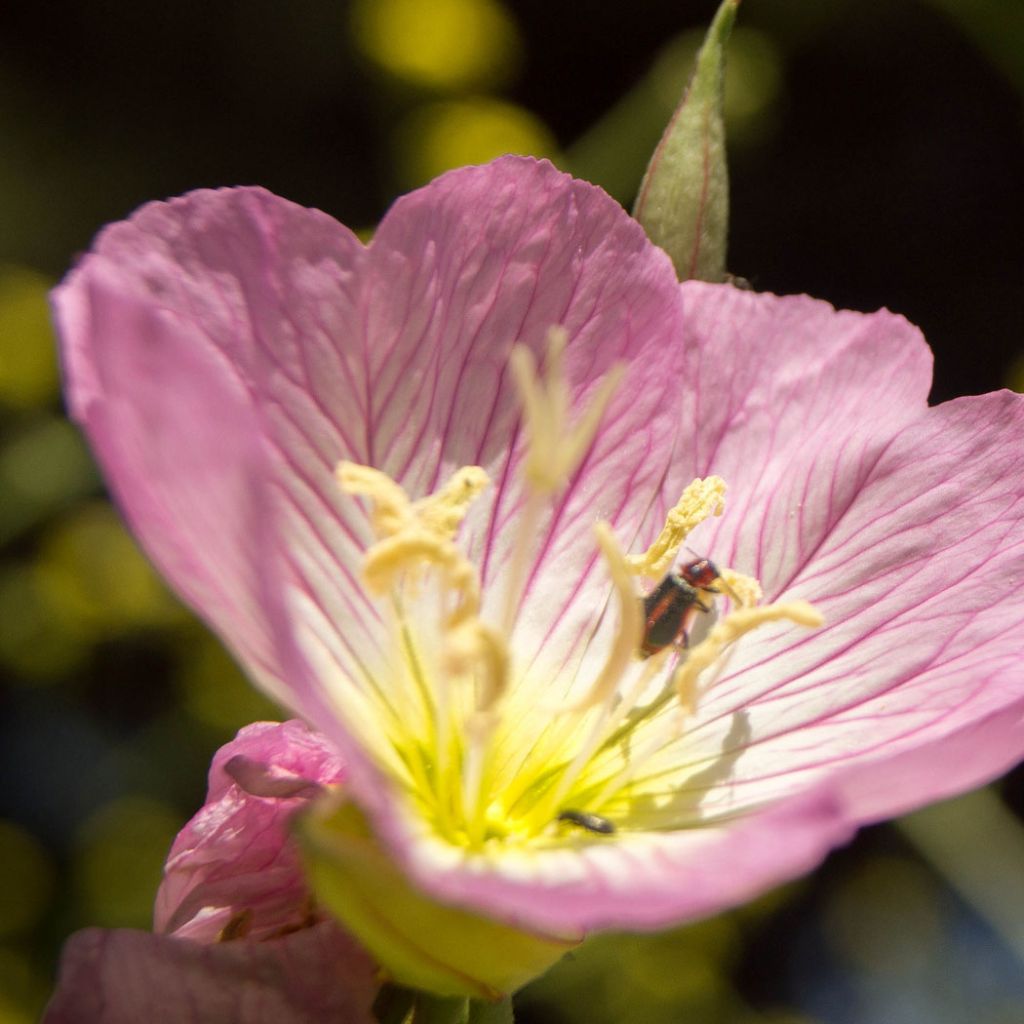

Oenothera speciosa - Evening Primrose
Oenothera speciosa - Evening Primrose
Oenothera speciosa
Pink evening Primrose, Showy evening Primrose, Mexican Primrose
Very pretty plant, which in my region needs a lot of water; I read in other reviews that a butterfly was attracted to this plant and couldn't free itself from the flower. I had the same experience, I tried to save the butterfly, it disappeared... but I won't buy this plant again because of this mishap. It's very beautiful though and flowered a lot... thank you very much
CHRISTINE, 21/09/2025
Special offer!
Receive a €20 voucher for any order over €90 (excluding delivery costs, credit notes, and plastic-free options)!
1- Add your favorite plants to your cart.
2- Once you have reached €90, confirm your order (you can even choose the delivery date!).
3- As soon as your order is shipped, you will receive an email containing your voucher code, valid for 3 months (90 days).
Your voucher is unique and can only be used once, for any order with a minimum value of €20, excluding delivery costs.
Can be combined with other current offers, non-divisible and non-refundable.
Home or relay delivery (depending on size and destination)
Schedule delivery date,
and select date in basket
This plant carries a 12 months recovery warranty
More information
We guarantee the quality of our plants for a full growing cycle, and will replace at our expense any plant that fails to recover under normal climatic and planting conditions.
Does this plant fit my garden?
Set up your Plantfit profile →
Description
Oenothera speciosa, also known as the Pink Evening Primrose, is a charming perennial rhizomatous plant that thrives in sunny and dry, even rocky, soils. It captivates with its abundant summer flowering, in the form of cup-shaped flowers in a washed white colour with pale pink veins, fragrant and nectar-rich. Although highly hardy, it requires a well-drained soil to protect its roots from excess moisture.
The Pink Evening Primrose belongs to the Onagraceae family, a large family of perennials, biennials, and annuals that comprises over 120 species. It is a short-lived perennial native to the Southwestern United States and Mexico, where it grows in rocky meadows, open forests, slopes, roadsides, and disturbed areas. Its origins ensure its resistance to heat and summer drought. Anchored by a strong taproot system, the plant forms a compact tuft that reaches a height of 40 to 50cm (16 to 20in), with a tendency to spread in a slightly loose carpet-like manner. It blooms abundantly from late spring to summer, depending on the climate, carried by gracefully arching stems. Its fragrant, 4-petalled flowers open into wide cups measuring 3 to 5cm (1 to 2in), with a lemon yellow heart and stamens. They start off white-pinkish in colour, very early in the morning, and gradually develop a deeper shade of pink as the hours pass, before closing when the sun is at its zenith. They only last for a few hours but renew themselves daily. The foliage is composed of alternate leaves, 10cm (4in) long and 4cm (2in) wide, with variable shapes, linear to obovate, and with dentate or undulate edges. This semi-evergreen, bright green foliage has the peculiarity of turning red with rising or falling temperatures.
Therefore, it can be concluded that the Pink Evening Primrose is robust, hardy, and undemanding. It can be used as a ground cover plant in a dry rockery, on a challenging slope, or along a gravel path. We recommend pairing the Evening Primrose with a collection of aromatic perennials in soft colours to create a poetic and fragrant scenery. It will blend beautifully with white or pink Valerians, lavenders, Perovskias, Artemisias, and also with Erigerons, which can be added in small touches, like a painter composing a painting. Lastly, this evening primrose is stunning in hanging baskets, but it will require more water in such conditions!
Note: Oenothera speciosa can become invasive in suitable climates and conditions.
Report an error about the product description
Oenothera speciosa - Evening Primrose in pictures
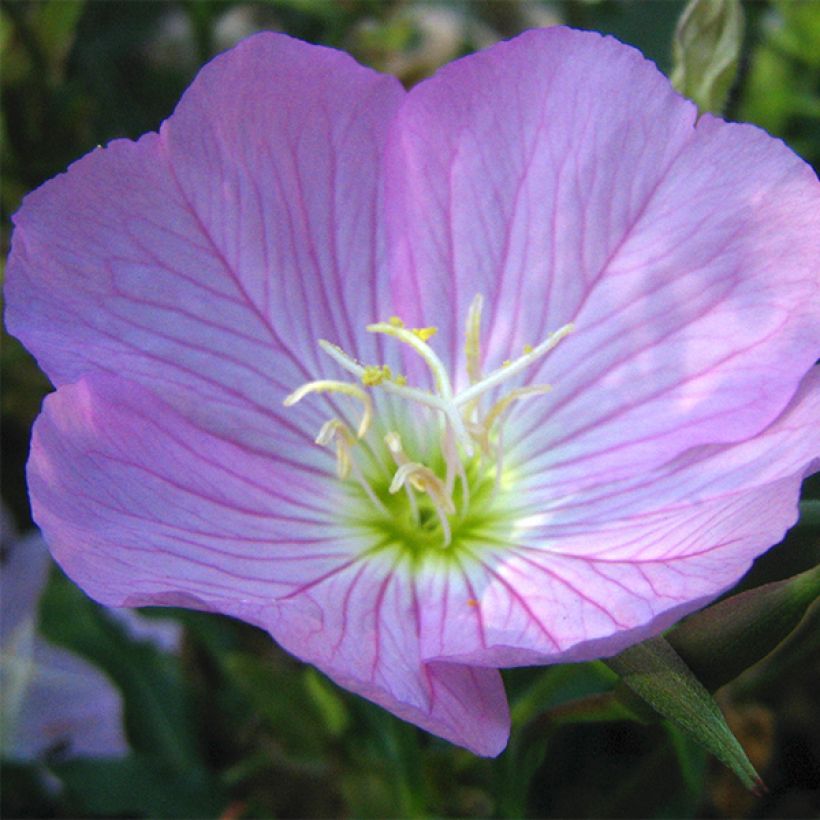

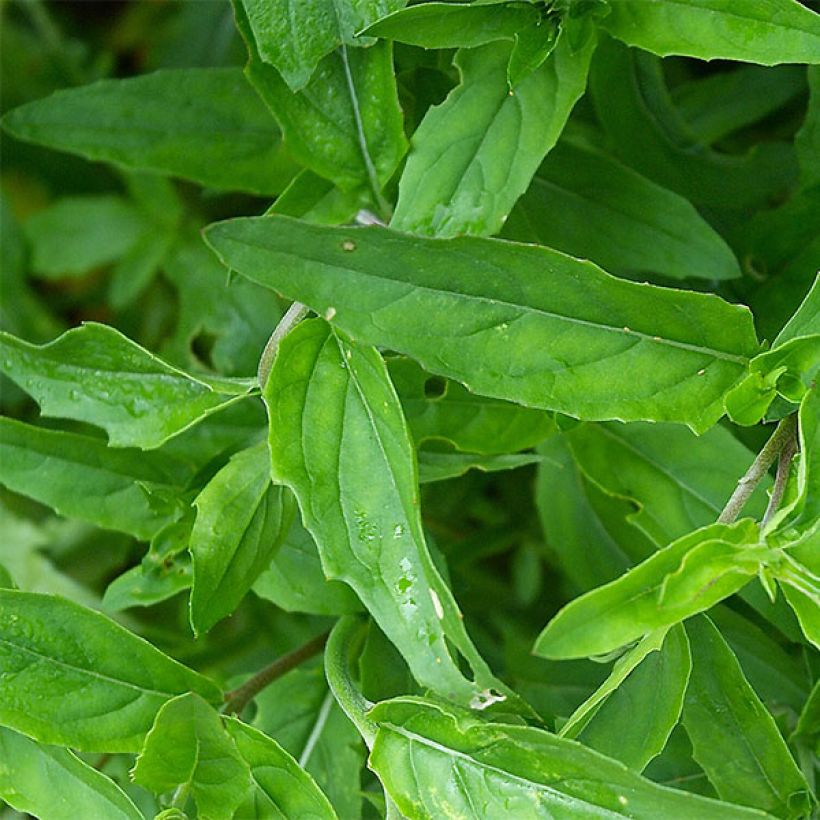

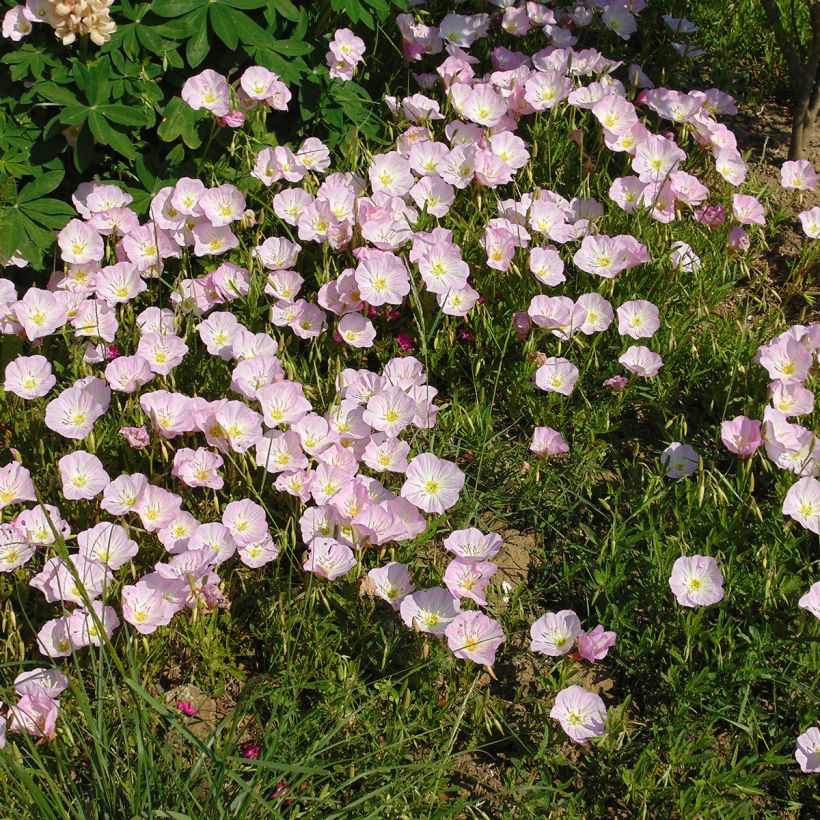

Flowering
Foliage
Plant habit
Botanical data
Oenothera
speciosa
Onagraceae
Pink evening Primrose, Showy evening Primrose, Mexican Primrose
North America
Other Oenothera - Evening Primrose
View all →Planting and care
Be careful not to bend the taproot of Oenothera speciosa when planting. This plant is very hardy and easy to grow in sunny conditions, in any poor, sandy or rocky, limestone soil, but it struggles in heavy, rich soil or in a wet region during winter. It is sensitive to soils that retain moisture in winter, which can cause root rot. If you take the care to cut the flower stems after flowering, the plant will produce new rosette foliage at ground level, covering the soil well until the frosts come.
Planting period
Intended location
Care
Planting & care advice
-
, onOrder confirmed
Reply from on Promesse de fleurs
Similar products
Haven't found what you were looking for?
Hardiness is the lowest winter temperature a plant can endure without suffering serious damage or even dying. However, hardiness is affected by location (a sheltered area, such as a patio), protection (winter cover) and soil type (hardiness is improved by well-drained soil).

Photo Sharing Terms & Conditions
In order to encourage gardeners to interact and share their experiences, Promesse de fleurs offers various media enabling content to be uploaded onto its Site - in particular via the ‘Photo sharing’ module.
The User agrees to refrain from:
- Posting any content that is illegal, prejudicial, insulting, racist, inciteful to hatred, revisionist, contrary to public decency, that infringes on privacy or on the privacy rights of third parties, in particular the publicity rights of persons and goods, intellectual property rights, or the right to privacy.
- Submitting content on behalf of a third party;
- Impersonate the identity of a third party and/or publish any personal information about a third party;
In general, the User undertakes to refrain from any unethical behaviour.
All Content (in particular text, comments, files, images, photos, videos, creative works, etc.), which may be subject to property or intellectual property rights, image or other private rights, shall remain the property of the User, subject to the limited rights granted by the terms of the licence granted by Promesse de fleurs as stated below. Users are at liberty to publish or not to publish such Content on the Site, notably via the ‘Photo Sharing’ facility, and accept that this Content shall be made public and freely accessible, notably on the Internet.
Users further acknowledge, undertake to have ,and guarantee that they hold all necessary rights and permissions to publish such material on the Site, in particular with regard to the legislation in force pertaining to any privacy, property, intellectual property, image, or contractual rights, or rights of any other nature. By publishing such Content on the Site, Users acknowledge accepting full liability as publishers of the Content within the meaning of the law, and grant Promesse de fleurs, free of charge, an inclusive, worldwide licence for the said Content for the entire duration of its publication, including all reproduction, representation, up/downloading, displaying, performing, transmission, and storage rights.
Users also grant permission for their name to be linked to the Content and accept that this link may not always be made available.
By engaging in posting material, Users consent to their Content becoming automatically accessible on the Internet, in particular on other sites and/or blogs and/or web pages of the Promesse de fleurs site, including in particular social pages and the Promesse de fleurs catalogue.
Users may secure the removal of entrusted content free of charge by issuing a simple request via our contact form.
The flowering period indicated on our website applies to countries and regions located in USDA zone 8 (France, the United Kingdom, Ireland, the Netherlands, etc.)
It will vary according to where you live:
- In zones 9 to 10 (Italy, Spain, Greece, etc.), flowering will occur about 2 to 4 weeks earlier.
- In zones 6 to 7 (Germany, Poland, Slovenia, and lower mountainous regions), flowering will be delayed by 2 to 3 weeks.
- In zone 5 (Central Europe, Scandinavia), blooming will be delayed by 3 to 5 weeks.
In temperate climates, pruning of spring-flowering shrubs (forsythia, spireas, etc.) should be done just after flowering.
Pruning of summer-flowering shrubs (Indian Lilac, Perovskia, etc.) can be done in winter or spring.
In cold regions as well as with frost-sensitive plants, avoid pruning too early when severe frosts may still occur.
The planting period indicated on our website applies to countries and regions located in USDA zone 8 (France, United Kingdom, Ireland, Netherlands).
It will vary according to where you live:
- In Mediterranean zones (Marseille, Madrid, Milan, etc.), autumn and winter are the best planting periods.
- In continental zones (Strasbourg, Munich, Vienna, etc.), delay planting by 2 to 3 weeks in spring and bring it forward by 2 to 4 weeks in autumn.
- In mountainous regions (the Alps, Pyrenees, Carpathians, etc.), it is best to plant in late spring (May-June) or late summer (August-September).
The harvesting period indicated on our website applies to countries and regions in USDA zone 8 (France, England, Ireland, the Netherlands).
In colder areas (Scandinavia, Poland, Austria...) fruit and vegetable harvests are likely to be delayed by 3-4 weeks.
In warmer areas (Italy, Spain, Greece, etc.), harvesting will probably take place earlier, depending on weather conditions.
The sowing periods indicated on our website apply to countries and regions within USDA Zone 8 (France, UK, Ireland, Netherlands).
In colder areas (Scandinavia, Poland, Austria...), delay any outdoor sowing by 3-4 weeks, or sow under glass.
In warmer climes (Italy, Spain, Greece, etc.), bring outdoor sowing forward by a few weeks.






























